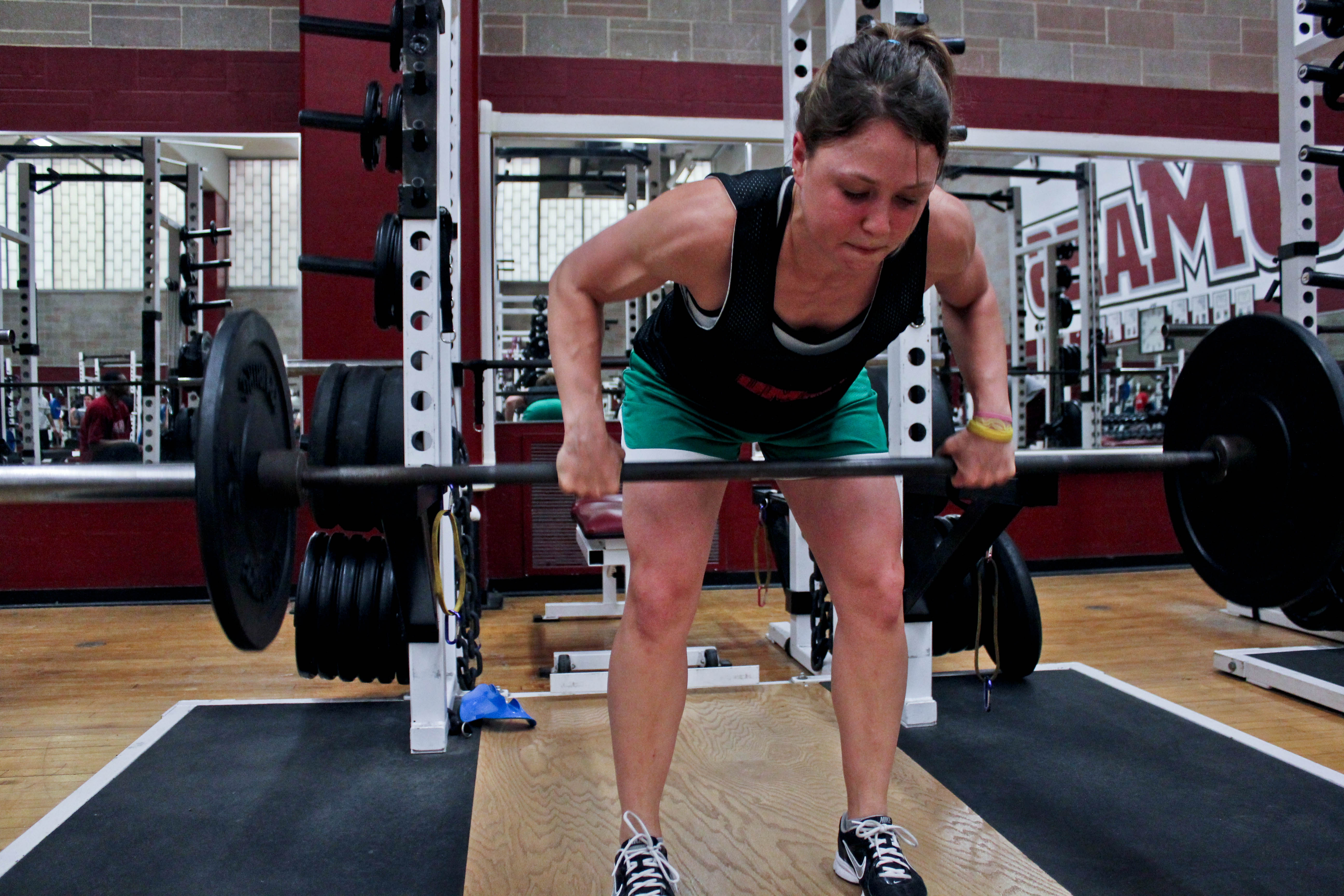A United States Marine performing burpees.
The Perfect Burpee
1. Squat: From the standing position, place your feet shoulder width apart. When you descend, do not lean over and round your back when you go to place your hands on the floor. Squat in the same manner as you would with a barbell on your back, until you are able to touch your hands to the floor.
2. Thrust: From the bottom of your squat position, thrust upwards just enough to kick your legs straight out from underneath you. When you kick them out, try not to bring them together. Keep them shoulder width apart so you can bring them right back in to the squat position after the insertion of the next step.
3. The Push Up: This is not a step in the traditional burpee. However, it can really add value to it. When you squat down, with feet shoulder width apart, you tend to put your hands slightly wider, which puts them in a perfect position for a push up. This added step will make the burpee work the arms and upper torso, namely the pectorals and deltoids.
4. Recoil: Keeping your feet shoulder width apart, spring off your toes, pushing inward and slightly upward. Do not round your back; keep it either straight or slightly arched upward. That way, when you place your feet back down, you will be back in the ideal down position for a squat. Your feet flat on the floor, your thighs below parallel.
5. The Lift and Jump: This is the positive (concentric) part of what is a plyometric squat. From the bottom position, explode out of the hole as fast as you possibly can, pushing the floor away from you. Push off with your heels; this will help you to maintain your squat form. Throw your hands upwards to help you get more air out of the jump. While in the air, make sure your knees are not locked. Again, keep your feet roughly shoulder width apart, so when you land, you can spring downwards into the squat position to begin your next rep.

